Language can be very difficult to capture within software localization. Each natural language in the world evolves at its own pace and in its own unique way, creating vibrant and rich means of expression. Sadly, simple static string translation is often ill-equipped to properly accommodate gender, conjugation, plural, or case changes required within the language by changing string variables and other run-time string composition issues. This is why we created L20n.
We’re super happy to announce that we’ve released an amazing tool to help localizers, engineers, and localization tool developers learn and practice L20n themselves! l20n.org contains a real-time text editor that allows you to edit L20n code and visually see how it impacts localization. The real-time editor is part of the “Learn” section of l20n.org dedicated to walk you through what L20n has to offer, feature by feature, and give you a chance to try these features out in real-time.
L20n is a localization framework (comprised of a pseudo-programming language) meant to transfer the ability to localize software using the fullness of any language from the developer to the localizer. L20n empowers localizers to be more independent of source language developers and have more control and flexibility in localizing software according to their native language’s demands.
l20n.org is live and running now! Go give it a try! Not only is it live, but its hosted on github for you to fork and contribute to. Enjoy testing out L20n!









Mark Vayngrib wrote on